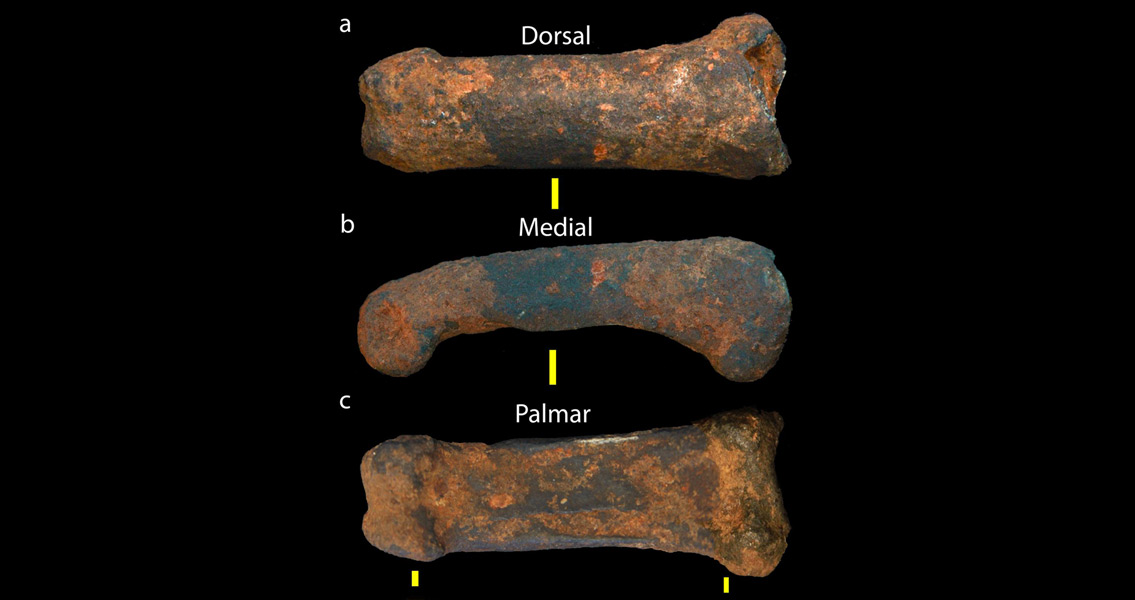<![CDATA[A finger bone and a tooth - discoveries not unheard of in the field of archaeology until you consider these two fossils were found in sediments deposited over two million years ago and appear to be from early hominins, at least one of which (the finger) is unlike any other hominin hand bone found to date in any of the the Polio-Pleistocene sites in South Africa. The two new fossils were discovered in a previously uninvestigated chamber within the Sterkfontein Caves, located Northwest of Johannesburg, South Africa. Dr. Dominic Stratford with the Wits School of Geography, Archaeology and Environmental studies and the Sterkfontein Caves research coordinator has been reported as saying, "The specimens are exciting not only because they are associated with early stone tools, but also because they possess a mixture of intriguing features that raise many more questions than they give answers." These two fossils are half of a set of four such specimens discovered at this site which seem to have once belonged to early hominins, hominins that can be associated with stone tools buried in 2 million year old sediments at the cave. The Sterkfontein Caves are part of the Cradle of Humankind, a World Heritage Site since 1999. The site covers approximately 180 square miles of the Gauteng province and is comprised of a series of limestone caves which as a whole have become known as one of the most palaeoanthropologically prolific sites worldwide. Beginning with the first discovery ever of adult Australopithecus fossils 80 years ago by Robert Broom, many of the world's most famous palaeoanthropologic finds (Ms. Ples and Little Foot for example) have been from the Sterkfontein Caves. The first new fossil specimen, a very large proximal finger bone, is nearly complete and is described as possessing an interesting mix of archaic and modern features; the finger is markedly curved - more so than Homo naledi – and more like Australopithecus afarensis, a much older species. A fossil’s degree of curvature is often associated with arborealism, but the new find lacks the expected muscle attachments. The shape is similar to the incomplete Homo habilis specimen from Olduvai Gorge, except it’s much larger. The second new fossil is relatively small by comparison; a tooth, an adult’s almost complete 1st molar tooth. This fossil is strikingly similar in shape and size to Homo habilis teeth as well. The cones on the tooth surface in particular suggest the specimen belonged to an early Homo genus member. Additional and more detailed analyses are currently being planned. The network of underground caves at the Sterkfontein site are filled with fossil bearing sediments which were deposited there for more than 3.67 million years. Very few however, have been excavated so far. Image courtesy of Jason Heaton]]>
The Cradle of Humankind Reveals Another Clue to Our Origin
